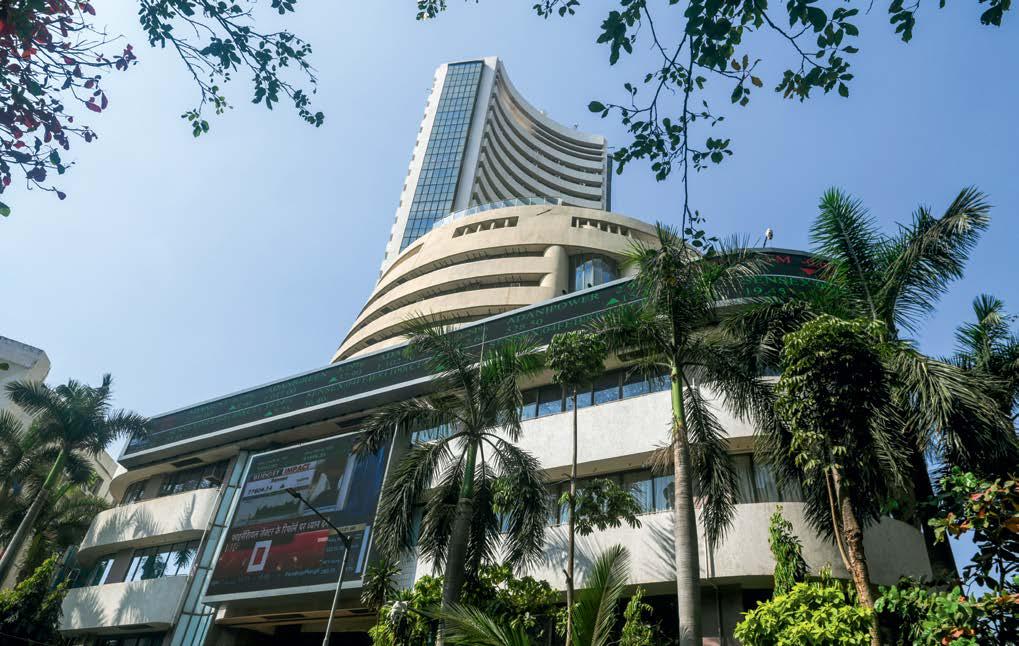試す 金 - 無料
WHY GST 2.0 HASN'T LIT UP D-STREET: THE U.S. PRESIDENT'S TARIFF SALVO AND RECORD FPI OUTFLOWS MAY HAVE WEIGHED DOWN THE IMPACT OF THE CENTRE'S 'PRE-DIWALI' GIFT ON THE MARKETS.
Fortune India
|October 2025
IN HIS INDEPENDENCE DAY address from the ramparts of the Red Fort on August 15, Prime Minister Narendra Modi announced what he called a “pre-Diwali” gift: next-gen GST reforms for simplifying the indirect tax structure to boost consumption and ease compliance.

On September 3, the GST Council's 56th meeting set in motion “GST 2.0”. One of the major announcements was switching from the current four-tier tax structure (of 5%, 12%, 18% and 28%) to two slabs of 5% and 18%, with the special 40% rate retained for luxury and sin goods such as high-end cars, tobacco, and cigarettes. As a result, prices of essential and personal-use items, including hair oil, cornflakes, televisions, and health and life insurance premiums, have seen a significant reduction.
Despite the GST cheer, the reforms have failed to fire up D-Street, partly because the cut was largely anticipated. But more importantly, prevailing concerns over Q2 earnings and revenue growth, despite a robust Q1FY26 performance, have played spoilsport. For instance, after a dismal 1% earnings growth in FY25, the Nifty50 companies fared with a 15% year-on-year earnings growth in Q1, showcasing resilience amid global headwinds. Yet, earnings downgrades continue to overshadow growth.
Though the intensity of cuts in earnings per share (EPS) has eased to the lowest in the past four quarters, downgrades persisted in Q1, with profit estimates of the Top 200 firms for FY26 cut by 0.5% since June-end; the projected growth now stands at 12.1% (as of September 5).
このストーリーは、Fortune India の October 2025 版からのものです。
Magzter GOLD を購読すると、厳選された何千ものプレミアム記事や、10,000 以上の雑誌や新聞にアクセスできます。
すでに購読者ですか? サインイン
Listen
Translate
Change font size
